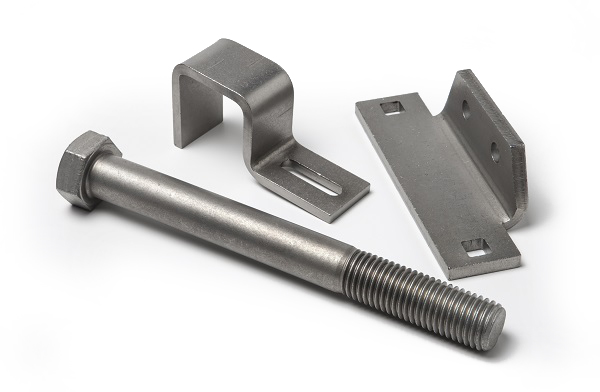Zinc-Nickel
The Zinc-Nickel process
With the zinc-nickel process, Verzinkerij Twente B.V. the thermal zinc. Zinc-nickel offers all the advantages of the electrolytic process but, even with a minimum layer thickness, gives the same corrosion protection than a hot-dip galvanized product can offer. As a result, zinc nickel is more environmentally friendly than thermal zinc and therefore directly adds value to all treated products.Zinc-nickel gives your product a minimum of 720 hours of corrosion protection in an international standardized salt spray test (NSS) for a layer thickness of 6 microns. A hot-dip galvanized product can only offer this protection with a layer thickness of 80-90 micron, which has enormous disadvantages with regard to dimensioning and post-processing. The additional benefits of the cold process, the thin layer and the diversity of applicability make zinc nickel suitable for all your products.
Zinc is also the main component of zinc zinc, namely about 85%. The other 15% is nickel. This advanced zinc-nickel alloy is up to three times harder than just zinc and is therefore also more durable. This is a very important feature in the fastening techniques. Where zinc-nickel especially excels in its extreme conditions. Think of the salty sea, winter roads and large temperature changes.
An additional advantage over thermal zinc is that approximately a factor of fifteen less material is required to provide the same corrosion protection. This makes it a relatively environmentally friendly process.
Facts of our Zinc-Nickel process;
- the guidelines for the car industry
- Can be bent without problems
- Layer thickness of 3-15 microns is possible
- High corrosion resistance in the NSS (minimum 720 hours)
- Can be varnished or powder coated without problems
- Can be treated as hanging work and as drum work
- Passivation: black or transparent (metallic gray)
- Chromium-molybdenum parts are also possible through advanced pre-treatment.
 Nederlands
Nederlands Deutsch
Deutsch English
English
